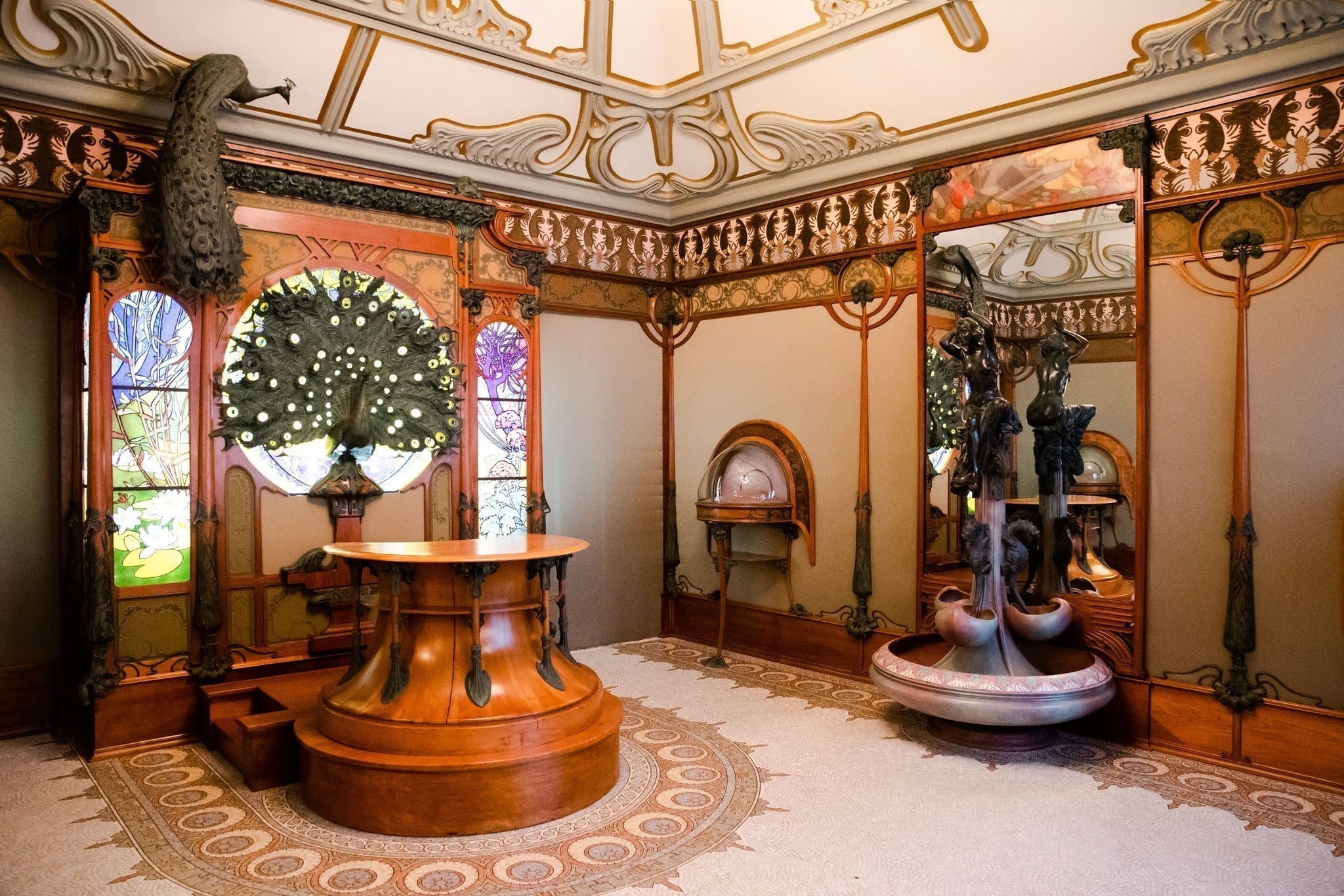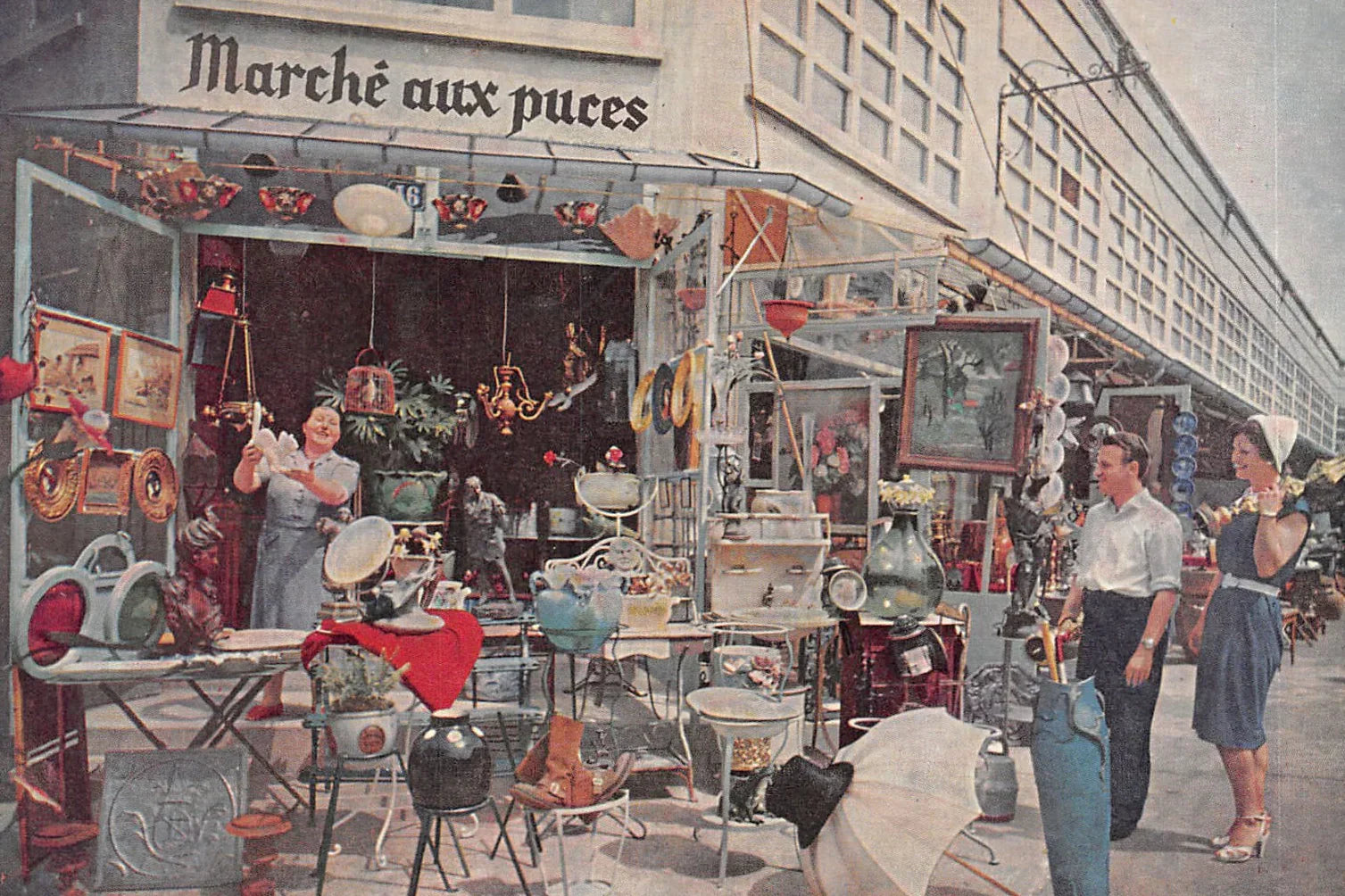
In which museums can you see antique jewelry in Paris?
Are you spending the weekend or on vacation in Paris and would like to see the most beautiful antique jewelry in our museums? This way for the visit!
The Louvre Museum
The Louvre Museum is the most emblematic museum in Paris. This museum has been intrinsically linked to the history of France for eight centuries. Among the 33,000 works on display, you will find in the Galerie d'Apollon (recently renovated) the Jewels of the Crown of France. This expression brings together a collection of ancient objects and jewels that belonged to the kings of France.
In the centre of the room, three display cases have been installed. They preserve what remains in the Louvre of the collection of the Crown Jewels founded in 1532 by François I, transmitted and enriched throughout history, but unfortunately sold almost entirely by the State in 1887. The twenty-three jewels that remain today in the museum are once again brought together in the gallery where they are grouped into three sets: the old jewels before the Revolution (the Régent diamond, the Sancy diamond and the personal crown of the coronation of Louis XV); the old jewels of the First Empire (Napoleon I period), the Restoration and the July Monarchy; and finally those of the Second Empire with large sets set with precious stones.
To find out the access conditions, click here .
The Museum of Decorative Arts
If you are passing through Paris, you cannot miss the famous Jewelry Gallery of the Museum of Decorative Arts. Located on the second floor of the museum, the gallery covers two spaces separated by a walkway. The rooms are dark and large glass display cases highlight exceptional antique jewelry.

Art Nouveau jewelry is represented by an exceptional collection of pieces by René Lalique, Georges Fouquet, Lucien Gaillard and the house of Vever. Art Deco jewelry from the 1930s is illustrated mainly by designers such as Raymond Templier, Jean Després, Jean Fouquet and the great houses of Place Vendôme, Boucheron and Cartier.


Beyond the footbridge, the route continues in 1940 with pieces by French designers such as Line Vautrin, Albert Duraz, and jewelry by artists (Georges Braque, Alexandre Calder, Henri Laurens, Jean Lurçat).
The revival of forms in the 1960s and 1970s is addressed with the refined jewelry of Torun, Jean Dinh Van, Costanza, Henri Gargat, Ettore Sottsass and creations by Scandinavian artists.


The museum regularly changes the jewelry on display to highlight those remaining in the reserves.
To find out the access conditions, click here .
The Galiera Palace
For lovers of antique jewelry and fashion, we recommend the Palais Galliera. This museum houses one of the richest collections in the world in this field. These collections contain clothing, accessories, fashion jewelry, photographs, drawings, etc. This collection of clothing and objects reflects the French dress code from the 18th century to the present day. Among this collection, you will see jewelry by Jacqueline De Ribes, Chanel, Christian Dior, etc.

Galliera Palace

Loris Azzaro , necklace
Galliera Palace

Galliera Palace
To find out the access conditions, click here .
The Little Palace
The Petit Palais, built for the Universal Exhibition of 1900, is the Museum of Fine Arts of the city of Paris. The latter houses works spanning from Antiquity to the beginning of the 20th century. You can admire French, Flemish, Italian and American paintings; as well as decorative objects and furniture by Gallé, Guimar or Carabin. However, what interests you above all is the collection of Art Nouveau jewelry in the basement of the museum. You will find antique jewelry made by Georges Fouquet, Vever Frères, Henri Husson; gouache drawings by René Lalique, etc.



Not all the jewels are visible at the same time; the museum exhibits part of its collections located in reserve in turn.
For access conditions: The Petit Palais is easily accessible by public transport. The nearest metro station is Champs-Elysées Clemenceau (lines 1 and 13). You can also take the RER C to Invalides station, or bus lines 28, 42, 72, 73, 80, 83 and 93.
The BNF museum
The new BnF museum preserves around 900 exceptional works, from Antiquity to the present day. Rare pieces are exhibited there, such as the Grand Camée de France. In the precious cabinet - Sisley-D'Ornanov room, you can discover mainly metal objects: medals, jewelry, engraved stones (cameos, intaglios), ceremonial tableware in precious metals.

These extraordinary pieces sit alongside prints from Rembrandt to Picasso, drawings by Sonia Delaunay, photographs from Nadar to Capa, objects and costumes.
To find out the access conditions, click here .
The “Bonuses” to see in Paris
Bonus 1: the Carnavalet Museum
At the Carnavalet Museum, we recommend that you run to see the storefront and the reconstructed shop of La bijouterie Fouquet . From the Art Nouveau period, this shop is an architectural gem built in 1901 by Alphonse Mucha, A. Seysses and L. Fargue. The jewelry store was dismantled in 1923 and reassembled at the Carnavalet Museum.
Bonus 2: the school of jewelry arts (with the support of Van Cleef & Arpels)
The School of Jewelry Arts organizes free, high-quality exhibitions throughout the year on precious stones and the history of jewelry.
If you come to Paris this year 2023, you will be able to see the exhibition "EXHIBITION "JEWELRY OF THE STAGE OF THE COMÉDIE-FRANÇAISE"". This free exhibition brings together a large collection of stage jewelry worn by the most famous actresses and actors - Talma, Rachel, Sarah Bernhardt... - tracing a history of stage jewelry since the 18th century. Jewelry, paintings, drawings, manuscripts, bear witness to the sumptuousness of these objects, which, while often made of non-precious materials, implement the know-how of jewelry.
The exhibition is on display from October 6 to February 4, 2023 at L'École des Arts Joailliers - Hôtel de Mercy-Argenteau 16 bis, boulevard Montmartre, 75009 Paris. More information : click here.
The School of Jewelry Arts also hosts multiple online conferences on gemstones and the history of jewelry. The year's guide can be viewed here .








